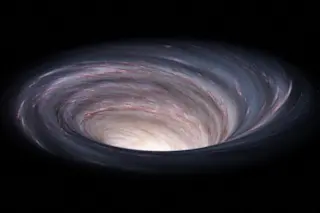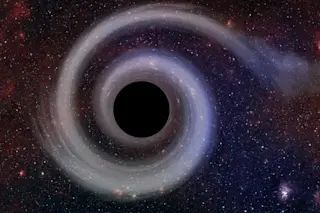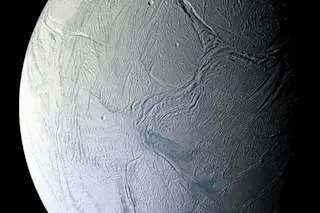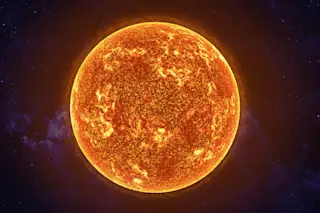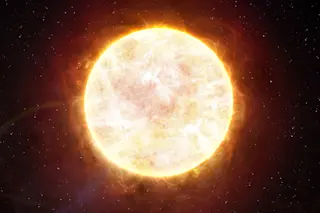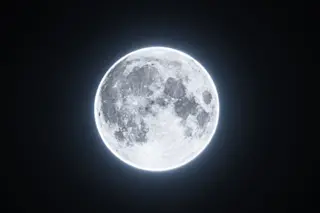Prepare to be blown away: Astronomers have recorded the most powerful planetary wind thus far — a force that pummels a giant exoplanet with gales faster than the speed of sound.
The jet stream sweeps WASP-127b’s equator at over 20,000 miles per hour. That’s about 1,000 times more powerful than the gales that buffet Mt. Washington in New Hampshire — one of the windiest places on Earth. The exoplanet’s winds blow 18 times faster than those on Neptune, which has the strongest winds ever measured in the Solar System.
The discovery, made by using the European Southern Observatory’s Very Large Telescope (ESO’s VLT) in Chile, was published in Astronomy & Astrophysics.
The massive gas planet is a tad larger than Jupiter — but has a fraction of its mass. Ever since WASP-127b’s discovery in 2016 (over 500 light years from Earth) astronomers have been fascinated by how its atmosphere behaves ...

